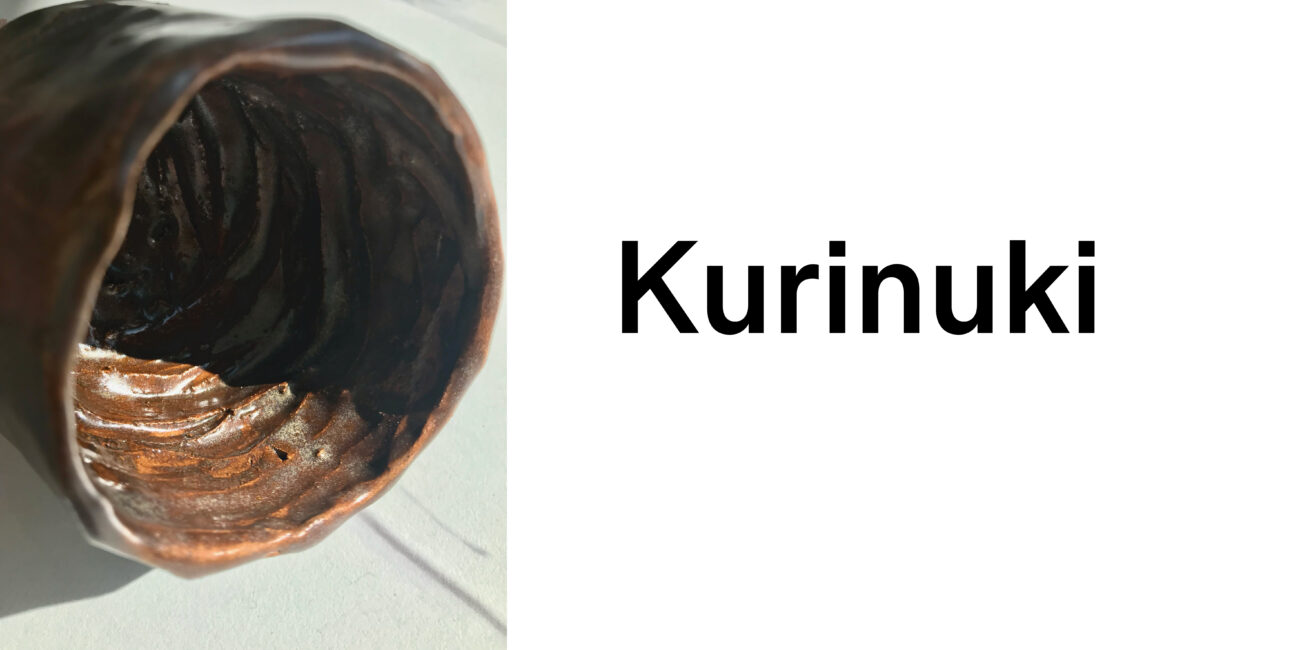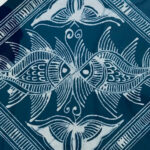In the ever-evolving world of ceramics, Kurinuki stands out as a technique rooted in ancient Japanese traditions, offering a tactile, meditative, and deeply personal approach to clay work. Unlike wheel-thrown or slab-built ceramics, Kurinuki — meaning “to hollow out” or “to carve out” — embraces subtraction rather than construction. It is both primal and poetic, inviting makers to connect with the clay in a raw, intuitive manner.
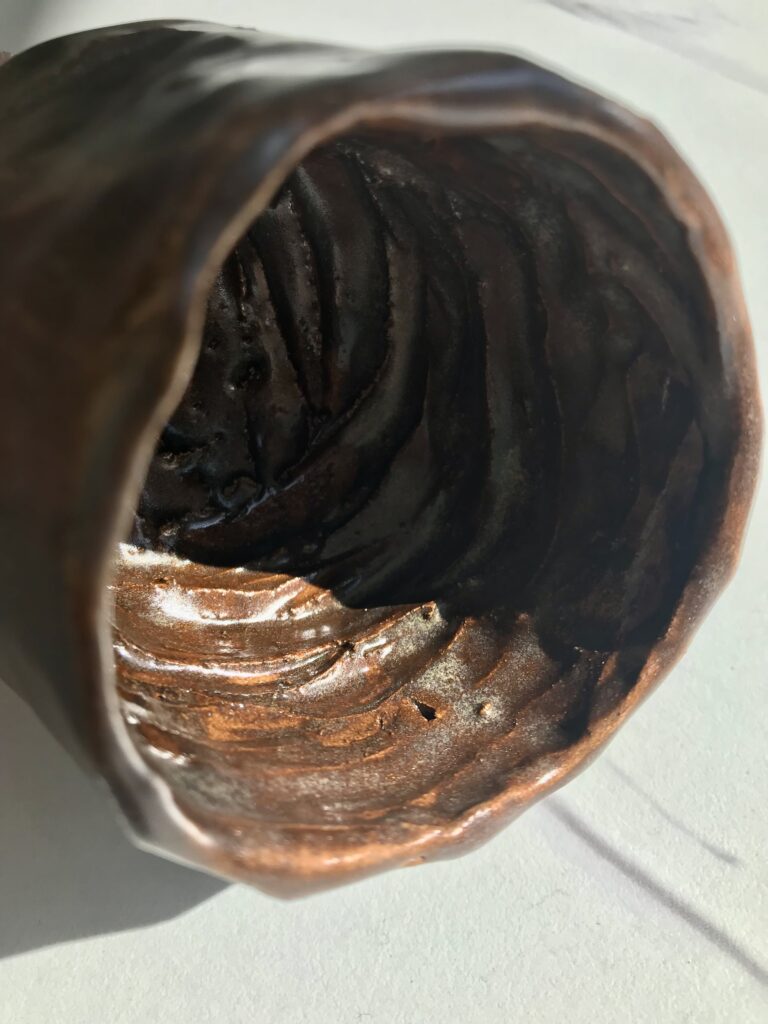
Origins and Philosophy
Kurinuki originates from Japan and is historically linked to the making of tea bowls, incense holders, and other ritualistic or spiritual vessels. Its practice is closely tied to the aesthetics of wabi-sabi, the Japanese worldview centred on the beauty of imperfection, impermanence, and the organic forms found in nature.
This approach rejects symmetry and mechanical precision. Instead, Kurinuki celebrates the unpredictable, highlighting texture, asymmetry, and the subtle interaction between form and function. It is not only about creating an object, but about engaging in a process where the hand of the maker remains visible — every gouge and carving mark is a part of the final story.
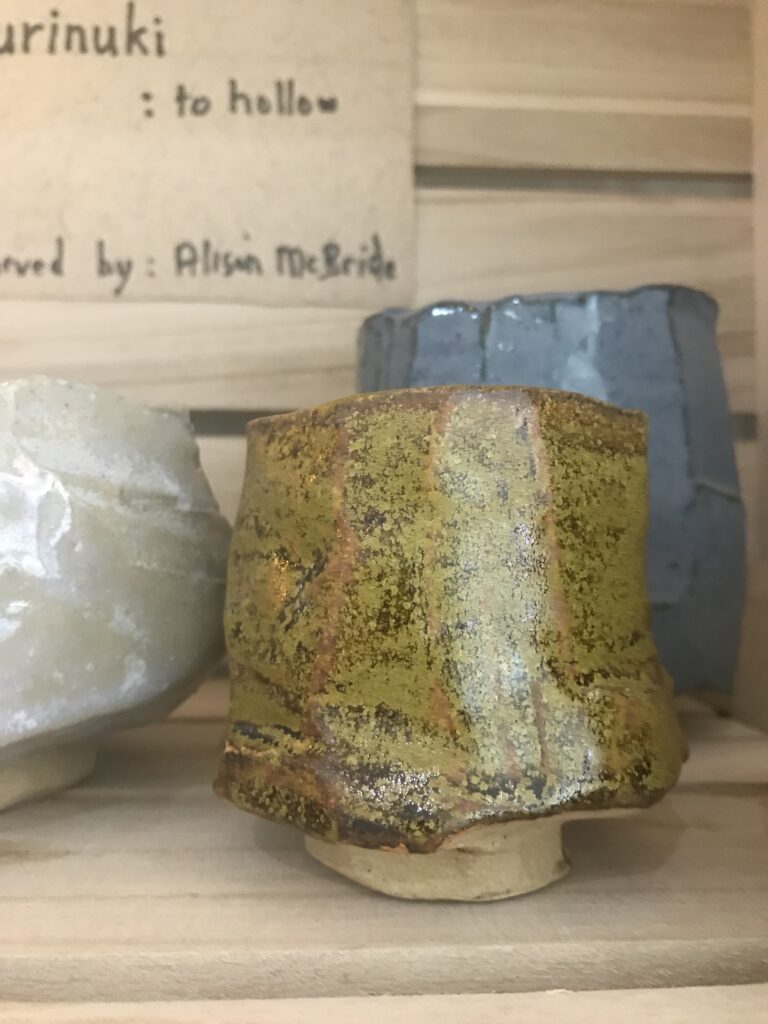
The Process: Carving from the Inside Out
The Kurinuki process begins with a solid block of clay. The artist does not begin by shaping the outside, but rather by hollowing out the interior. This reversal of logic is part of what makes Kurinuki so unique.
Here’s a general step-by-step guide to how Kurinuki is typically done:
- Preparation of the Clay Block
A dense, compacted block of clay is cut or shaped by hand. The type of clay used can vary, but stoneware or grogged clay is commonly preferred for its strength and texture. - Marking and Scoring
Some makers roughly sketch the top opening or intended base, though many prefer to approach the process with little planning, allowing intuition to lead the way. - Hollowing the Core
Using tools such as loop tools, spoons, or even fingers, the interior of the clay block is slowly carved out. This is the most meditative part of the process. It must be done with patience to avoid breaking the walls or base of the form. - Carving the Exterior
Once hollowed, the outer surface is carved, chipped, and shaped. Textures are emphasised through cutting, scraping, and pressing. The outer form often follows the internal contours, creating a natural harmony between interior and exterior. - Drying and Firing
As with all ceramics, Kurinuki pieces must be slowly dried to avoid cracking, especially since the carved surfaces can create areas of uneven thickness. Once dried, the work is bisque-fired, glazed (if desired), and then glaze-fired.

Why Choose Kurinuki?
Many contemporary ceramicists turn to Kurinuki not just for its aesthetic results, but for the experience it provides. It is an invitation to slow down, to respond to the clay’s resistance and unpredictability. Unlike wheel-throwing, which can become mechanical, Kurinuki remains deeply expressive — every piece is a one-off, impossible to replicate.
The technique also allows artists to reflect on the negative space — to think not only of what they are making, but also of what they are removing. This shift in mindset can be both challenging and liberating.
In Contemporary Practice
Today, Kurinuki is practised by ceramic artists around the world. Some adhere closely to its traditional roots, while others push the boundaries, incorporating mixed media or exploring abstract forms. Whether used to create vessels, sculptures, or experimental art pieces, the core ethos remains the same: direct, honest interaction with the clay.
In a world increasingly dominated by speed and mass production, Kurinuki offers something refreshingly human. It reminds us of the quiet power of simplicity, the beauty of imperfection, and the joy of making with our hands.
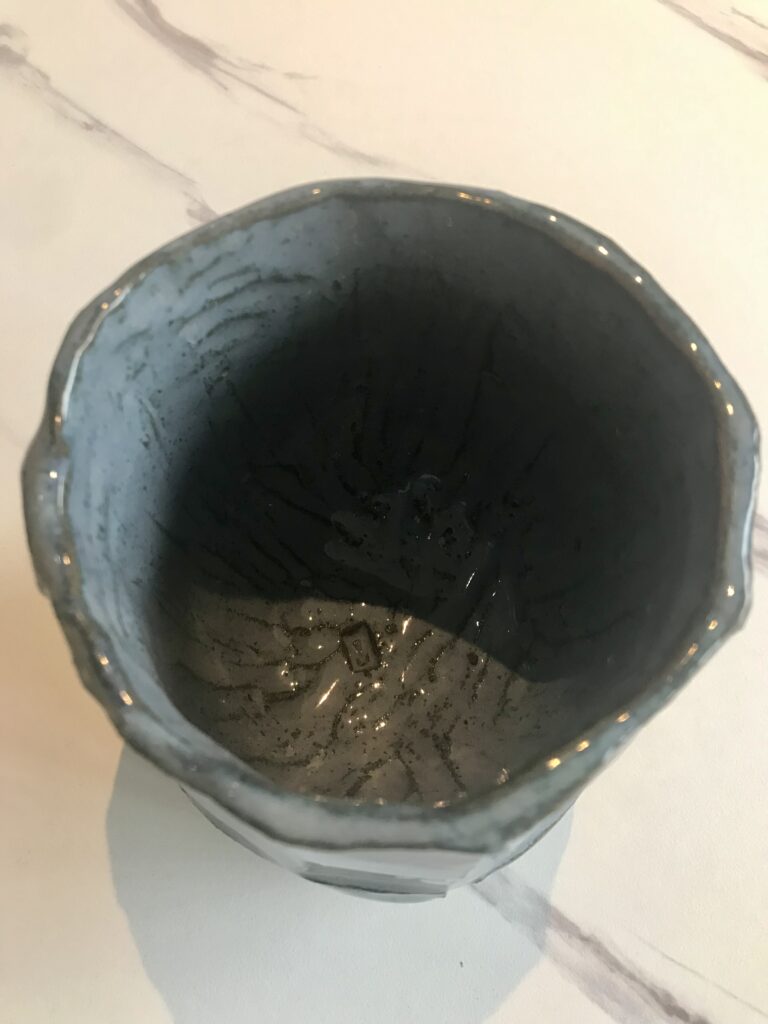
If you’re curious to try Kurinuki yourself, all you truly need is a block of clay, a carving tool, and the willingness to embrace the unknown. The clay will guide you — all you have to do is listen.


